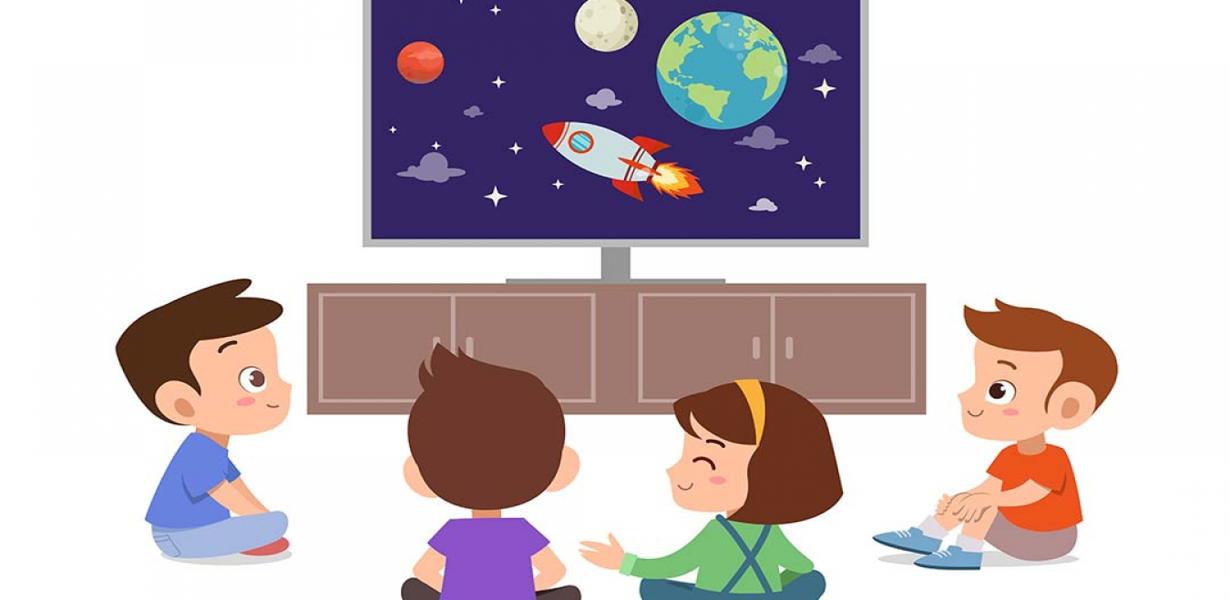
In this comprehensive beginner’s guide, we delve into the world of educational videos and explore their significance in modern-day education. Educational videos have revolutionized the way we learn, providing an engaging and interactive medium for knowledge dissemination. This article aims to shed light on the benefits of educational videos, the process of educational video production, and how to leverage them effectively in educational settings.
Unleashing the Power of Educational Videos
Educational videos have emerged as a powerful tool in the realm of education, offering an immersive and dynamic learning experience. They combine visual and auditory elements to captivate learners’ attention, making complex concepts easier to comprehend. Whether you’re a student, educator, or lifelong learner, educational videos offer numerous advantages that traditional teaching methods often lack.
Benefits of Educational Videos
1- Enhanced Retention: Studies have shown that visual content aids in information retention. Educational videos provide a multisensory experience, reinforcing learning through visual cues, audio narration, and interactive elements. This holistic approach stimulates different learning styles, leading to improved knowledge retention and understanding.
2- Increased Engagement: Engaging students can be a challenge, but educational videos effortlessly capture their attention. With visually appealing graphics, captivating storytelling, and compelling narratives, videos create an immersive learning environment that promotes active participation and fosters a deeper connection with the subject matter.
3- Flexibility and Accessibility: Educational videos are flexible in terms of time and location. Learners can access them anytime, anywhere, making education more accessible and inclusive. This flexibility enables personalized learning, allowing individuals to learn at their own pace and revisit content as needed.
4- Demonstration and Visualization: Some concepts are better explained through visual demonstrations rather than textual explanations. Educational videos bridge this gap by showcasing real-world examples, experiments, and simulations, enabling learners to visualize complex processes and concepts in action.
Educational Video Production: A Step-by-Step Guide
Creating high-quality educational videos requires careful planning, creativity, and attention to detail. Let’s explore the step-by-step process of producing educational videos that effectively engage and educate learners.
1- Define the Objective: Clearly outline the purpose and learning objectives of the video. Identify the key concepts you want to convey and the target audience. This step sets the foundation for your video production journey.
2- Script Development: Craft a well-structured script that flows logically and succinctly presents the content. Use clear and concise language, avoiding jargon or complex terminology. Incorporate storytelling techniques and relatable examples to make the video engaging and relatable.
3- Visual Design: Visual elements play a vital role in educational videos. Design visually appealing graphics, animations, and illustrations that support the content. Ensure that the visuals align with the learning objectives and enhance the understanding of the subject matter.
4- Audio Recording: High-quality audio is crucial for an effective educational video. Use a professional microphone and recording software to ensure clear and crisp narration. Pay attention to pacing, tone, and intonation, as these factors significantly impact engagement and comprehension.
5- Video Editing: In the post-production phase, bring all the elements together. Edit the video, synchronize the visuals with the narration, and add relevant transitions and effects. Keep the video concise and focused, removing any unnecessary elements that may distract or confuse learners.
6- Distribution and Feedback: Once your educational video is ready, choose a suitable platform for distribution, such as online learning platforms, educational websites, or social media channels. Encourage viewers to provide feedback and assess their understanding and engagement levels to continuously improve your future video production efforts.
Frequently Asked Questions (FAQs)
Q1: How can I make my educational videos more engaging for students?
A1: To make your educational videos more engaging, consider incorporating interactive elements such as quizzes, polls, and annotations. Encourage student participation by asking thought-provoking questions or assigning practical exercises related to the video content.
Q2: Are there any specific video lengths that work best for educational purposes?
A2: While there’s no one-size-fits-all answer, it’s generally recommended to keep educational videos concise and focused. Aim for a duration of 5-10 minutes, ensuring that each video addresses a specific topic or subtopic.
Q3: How can I ensure the accessibility of my educational videos?
A3: To ensure accessibility, provide closed captions or subtitles in your videos. This feature benefits learners with hearing impairments and those who prefer reading along. Additionally, consider providing transcripts and alternative text descriptions for visually impaired individuals.
Q4: Can I reuse existing educational videos or should I create new ones?
A4: Reusing existing educational videos can be a cost-effective approach, especially if the content is still relevant and aligns with your learning objectives. However, ensure that the videos are of high quality and adequately meet the needs of your target audience.
Q5: How can I measure the effectiveness of my educational videos?
A5: To assess the effectiveness of your educational videos, gather feedback from viewers through surveys or quizzes embedded within the video. Analyze engagement metrics such as view duration, completion rates, and viewer interactions to gauge the impact of your videos on learning outcomes.
Conclusion
Educational videos have transformed the way we learn and teach, providing an engaging and accessible medium for knowledge dissemination. By incorporating educational videos into our learning environments, we can enhance retention, increase engagement, and foster a deeper understanding of complex concepts. By following the step-by-step process of educational video production outlined in this guide, educators and content creators can unlock the full potential of this dynamic educational tool. So, embrace the power of educational videos and embark on an exciting journey of interactive and effective learning experiences.
Advertisement







